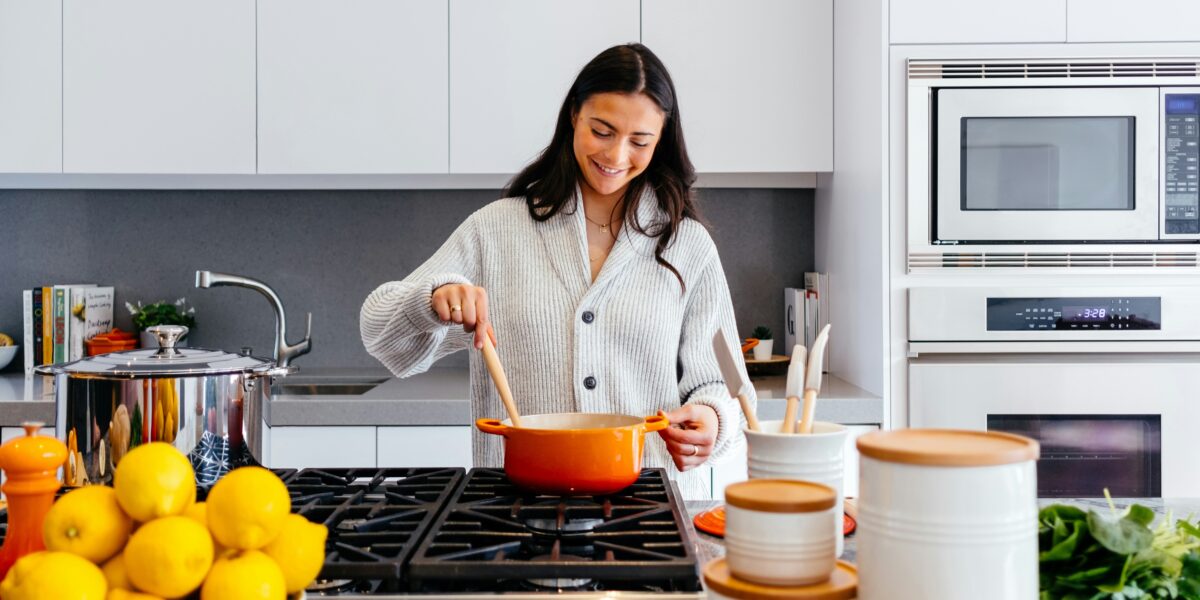Edible Skincare: Nourish Your Skin from Within
How Does Edible Skincare Work?
Edible skincare products are gaining popularity for their unique approach to enhancing skin health. Unlike traditional skincare products applied topically, these ingestible products work from the inside out. They contain nutrients and vitamins that support the skin’s natural functions, promoting a healthier and more radiant complexion.
The idea behind edible skincare is that what you consume has a significant impact on your skin. By ingesting specific nutrients, you can nourish your skin at a deeper level. Common ingredients in these products include collagen, hyaluronic acid, vitamins C and E, and antioxidants. These ingredients are known for their skin-boosting properties and are often found in topical skincare products as well.
Collagen supplements are one of the most popular types of edible skincare. Collagen is a protein that provides structure to the skin, keeping it firm and elastic. As we age, our natural collagen production decreases, leading to wrinkles and sagging skin. By ingesting collagen supplements, you can help replenish your body’s collagen levels, promoting a more youthful appearance.
Hyaluronic acid is another key ingredient in many edible skincare products. It helps retain moisture in the skin, keeping it hydrated and plump. Adequate hydration is essential for maintaining a healthy complexion and preventing dryness and irritation.
What Are the Benefits of Ingestible Skincare Products?
The benefits of ingestible skincare products are numerous. One of the main advantages is that they provide a holistic approach to skincare. By addressing skin health from the inside, these products can offer more comprehensive and long-lasting results compared to topical treatments alone.
Edible skincare products can improve skin hydration. Ingredients like hyaluronic acid and omega-3 fatty acids help maintain the skin’s moisture barrier, preventing dryness and promoting a smoother texture. Hydrated skin looks more radiant and feels softer to the touch.
These products also support collagen production. Collagen supplements can enhance skin elasticity and reduce the appearance of fine lines and wrinkles. Over time, regular consumption of collagen can lead to firmer and more resilient skin.
Antioxidants are another crucial component of many edible skincare products. They help protect the skin from free radicals, which are unstable molecules that can cause damage to skin cells. Antioxidants like vitamins C and E neutralize free radicals, reducing oxidative stress and preventing premature aging.
Ingestible skincare products can also address skin inflammation. Ingredients like turmeric, green tea extract, and omega-3 fatty acids have anti-inflammatory properties that can help soothe irritated skin and reduce redness. This can be particularly beneficial for individuals with conditions like acne, eczema, and rosacea.
How Can You Incorporate Edible Skincare into Your Routine?
Incorporating edible skincare into your routine is relatively simple and can complement your existing skincare regimen. Here are some practical tips to get started:
Choose the Right Products: Select edible skincare products that target your specific skin concerns. For example, if you’re looking to improve hydration, opt for supplements containing hyaluronic acid. If anti-aging is your goal, collagen supplements might be the best choice.
Read the Labels: Pay attention to the ingredient lists and nutritional information. Look for products with high-quality, natural ingredients. Avoid those with added sugars, artificial colors, or unnecessary fillers.
Follow Dosage Instructions: It’s important to follow the recommended dosage instructions provided by the manufacturer. Taking too much of a supplement can be counterproductive and may lead to adverse effects.
Be Consistent: Like any skincare routine, consistency is key. Incorporate edible skincare products into your daily routine and be patient. It may take a few weeks to notice visible improvements in your skin.
Complement with Topical Skincare: Edible skincare works best when combined with a good topical skincare routine. Continue using cleansers, moisturizers, and sunscreens to protect and nourish your skin from the outside.
Maintain a Healthy Diet: Edible skincare supplements are not a substitute for a balanced diet. Ensure you’re eating a variety of nutrient-rich foods, including fruits, vegetables, lean proteins, and healthy fats. A well-rounded diet provides the foundation for healthy skin.
Stay Hydrated: Drinking plenty of water is essential for maintaining skin hydration. Aim to drink at least eight glasses of water a day to keep your skin looking its best.
Consult a Professional: If you have specific skin concerns or health conditions, it’s a good idea to consult with a dermatologist or nutritionist before starting any new supplements. They can provide personalized recommendations based on your individual needs.
Edible skincare offers a promising approach to achieving healthy, glowing skin. By nourishing your skin from within, you can complement your topical skincare routine and enjoy a more radiant complexion. With a variety of products available, there’s an option for everyone to enhance their skin health through their diet.










